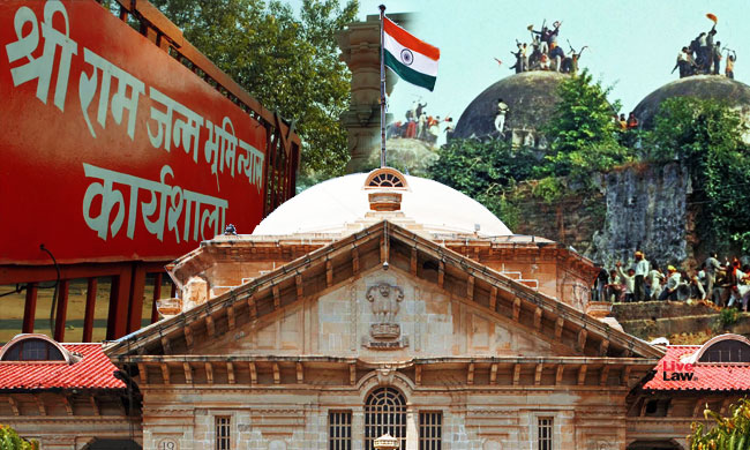- Home
- /
- Top Stories
- /
- What The Allahabad HC Held In...
What The Allahabad HC Held In Ayodhya-Babri Masjid Dispute?
Live Law Research Team
17 Aug 2019 8:19 AM IST
Though the hearing of the Ayodhya-Babri Masjid case is politically sensational with the undercurrents of religious sentiments, it is essentially a title dispute by two groups over 2.77 hectares of land in Faizabad district(now Ayodhya district) in UP.The Constitution Bench of CJI Ranjan Gogoi, Justices S A Bobde, D Y Chandrachud, Ashok Bhushan and Abdul Nazeer is hearing first appeals from...
Tags
Ayodhya HearingAyodhya HearingAyodhya CaseAyodhya Babri Masjid Title DisputeAyodhya CaseRam MandirRam Janmabhoomi-Babri MasjidAyodhya Babri Masjid Title DisputeBabri MasjidRam MandirAllahabad High CourtRam Janmabhoomi-Babri MasjidAllahabad HC decision in Ayodhya caseBabri MasjidAllahabad High CourtJustice S U KhanAllahabad HC decision in Ayodhya caseJustice S U KhanJustice Sudhir AgarwalJustice Sudhir AgarwalJustice D V SharmaJustice D V SharmaIsmail Farooqi caseIsmail Farooqi case
Next Story



